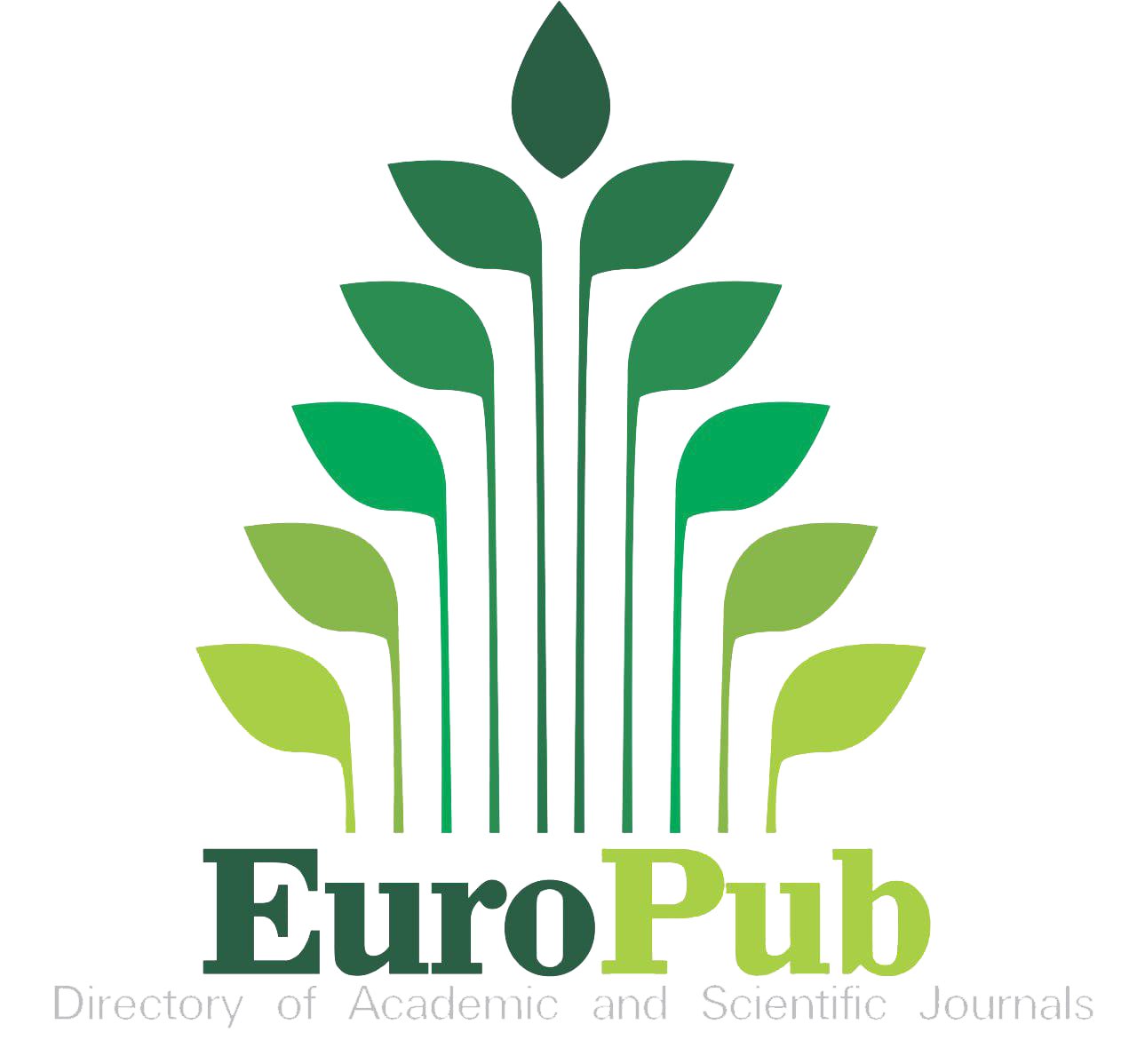Abstract
Background: Repurposed medications were the only means of aiding in the prevention and initial treatment of COVID-19 infections in the lack of effective treatment, objective: The goal of this study is to determine whether preventive measures affect the rate of COVID-19 infection in the contact people and whether age, sex, and medication use correlate to prognosis.
Methods
The questionnaire responses were used as a source of data, and 829 patients have a full recovery. With the exception of 114 volunteers who interacted with COVID-19 patients, the patients served as respondents; however, their outcomes were negative.
Results
The use of computed tomography (CT), x-rays, clinical signs, and medical expertise is frequently far more prevalent in males than in girls. Depending on the age difference, a CT scan was employed for diagnosis in younger age groups. symptoms that were more prevalent in men and markedly different in women. More women experienced joint pain, gastrointestinal distress, depression, and exhaustion. Before and throughout the infection, every patient in the age groups that were evaluated took one or more preventive measures. Additionally, the fourth and fifth groups used antiviral drugs significantly more than the other groups. Azithromycin, Remedisivir, anticoagulants, and corticosteroids all promote healing and reduce mortality. Conclusion, We concluded a great differences in the complaining between the two sexes, female had more fatigue, depression, GI upset and joint pain. Drugs including azithromycin, Remdesivir, corticosteroids, and anticoagulants are used by patients to treat their infections faster and reduce mortality
Recommended Citation
Abdul-nabi, Zainab Najim; Neamah, Nadheerah F; and SgheerGhaleb, Noora
(2025)
"Assess the impact of prophylactic measures and adjunctive medications in preventing COVID-19 infections and lowering the rates of affected cases worsening :A comparative study,"
Maaen Journal for Medical Sciences: Vol. 4
:
Iss.
2
, Article 1.
Available at: https://doi.org/10.55810/2789-9136.1070
References
[1] Hu Y, Sun J, Dai Z, Deng H, Li X, Huang Q, et al. Prevalence and severity of corona virus disease 2019 (COVID-19): a systematic review and meta-analysis. J Clin Virol : Off Pub Pan Am Soc Clinical Virol 2020;127:104371.
[2] Sadeghi Dousari A, Taati Moghadam M, Satarzadeh N. COVID-19 (Coronavirus disease 2019): a new coronavirus disease. Infect Drug Resist 2020;13:2819e28.
[3] Allotey J, Stallings E, Bonet M, Yap M, Chatterjee S, Kew T, et al. Clinical manifestations, risk factors, and maternal and perinatal outcomes of coronavirus disease 2019 in pregnancy: living systematic review and meta-analysis. Br Med J 2020;370:m3320.
[4] Jha S, Soni A, Siddiqui S, Batra N, Goel N, Dey S, et al. Prevalence of flu-like symptoms and COVID-19 in healthcare workers from India. J Assoc Phys India 2020;68(7): 27e9.
[5] Verity R, Okell LC, Dorigatti I, Winskill P, Whittaker C, Imai N, et al. Estimates of the severity of coronavirus disease 2019: a model-based analysis. Lancet Infect Dis 2020;20(6): 669e77.
[6] Poschet JF, Perkett EA, Timmins GS, Deretic V. Azithromycin and ciprofloxacin have a chloroquine-like effect on respiratory epithelial cells. 2020. bioRxiv.
[7] Min J-Y, Jang YJ. Macrolide therapy in respiratory viral infections. Mediat Inflamm 2012;2012(1):649570.
[8] Furuta Y, Gowen BB, Takahashi K, Shiraki K, Smee DF, Barnard DL. Favipiravir (T-705), a novel viral RNA polymerase inhibitor. Antivir Res 2013;100(2):446e54.
[9] Shi C, Wang C, Wang H, Yang C, Cai F, Zeng F, et al. The potential of low molecular weight heparin to mitigate cytokine storm in severe COVID-19 patients: a retrospective cohort study. Clinical and translational science 2020;13(6): 1087e95.
[10] Rizk JG, Kalantar-Zadeh K, Mehra MR, Lavie CJ, Rizk Y, Forthal DN. Pharmaco-Immunomodulatory Therapy in COVID-19. Drugs 2020;80(13):1267e92.
[11] Fan E, Brodie D, Slutsky AS. Acute respiratory distress syndrome: advances in diagnosis and treatment. JAMA 2018; 319(7):698e710.
[12] Lippi G, Adeli K, Ferrari M, Horvath AR, Koch D, Sethi S, et al. Biosafety measures for preventing infection from COVID-19 in clinical laboratories: IFCC Taskforce Recommendations. Clin Chem Lab Med 2020;58(7):1053e62.
[13] Dinnes J, Deeks JJ, Adriano A, Berhane S, Davenport C, Dittrich S, et al. Rapid, point-of-care antigen and molecular based tests for diagnosis of SARS-CoV-2 infection. Cochrane Database Syst Rev 2020;8(8):Cd013705.
[14] Weissleder R, Lee H, Ko J, Pittet MJ. COVID-19 diagnostics in context. Sci Transl Med 2020;12(546).
[15] Huang C, Wang Y, Li X, Ren L, Zhao J, Hu Y, et al. Clinical features of patients infected with 2019 novel coronavirus in Wuhan, China. Lancet 2020;395(10223):497e506.
[16] Lepere P, Escarguel B, Yolartiran S, Escarguel C. COVID-19: Can early home treatment with Azithromycin alone or with Zinc help prevent hospitalisation, death, and long-COVID19? A review. medRxiv. 2021. 2020.12.29.20248975.
[17] Arora T, Grey I. Health behaviour changes during COVID-19 and the potential consequences: A mini-review. J Health Psychol 2020;25(9):1155e63.
[18] Ullah R, Khan J, Basharat N, Huo D, Ud Din A, Wang G. Evaluation of cardiac biomarkers and expression analysis of IL-1, IL-6, IL-10, IL-17, and IL-25 among COVID-19 patients from Pakistan. Viruses 2022;14(10).
[19] Gargaglioni LH, Marques DA. Let's talk about sex in the context of COVID-19. J Appl Physiol 2020;128(6):1533e8.
[20] Ladds E, Rushforth A, Wieringa S, Taylor S, Rayner C, Husain L, et al. Persistent symptoms after Covid-19: qualitative study of 114 “long Covid” patients and draft quality principles for services. BMC Health Serv Res 2020;20(1):1144
. [21] Thangaraju P, Venkatesan N, Venkatesan S, Gurunthalingam MP, Thangaraju E. Can HCQ be considered a "safe weapon” for COVID-19 in the Indian population? SN Compr Clin Med 2020;2(8):1057e63.
[22] Driggin E, Madhavan MV, Bikdeli B, Chuich T, Laracy J, Biondi-Zoccai G, et al. Cardiovascular considerations for 42 MA'AEN JOURNAL FOR MEDICAL SCIENCES 2025;4:35e43 patients, health care workers, and health systems during the COVID-19 pandemic. J Am Coll Cardiol 2020;75(18):2352e71.
[23] Echeverría-Esnal D, Martin-Ontiyuelo C, Navarrete Rouco ME, De-Antonio Cusco M, Ferr andez O, Horcajada JP, et al. Azithromycin in the treatment of COVID-19: a review. Expert Rev Anti-infect Ther 2021;19(2):147e63.
[24] Beigel JH, Tomashek KM, Dodd LE, Mehta AK, Zingman BS, Kalil AC, et al. Remdesivir for the Treatment of Covid-19 - Final Report. N Engl J Med 2020;383(19):1813e26.
[25] Wang M, Zhang B, Jin L. Female fertility under the impact of COVID-19 pandemic: a narrative review. Expet Rev Mol Med 2021;23:e15
















Indexed in: